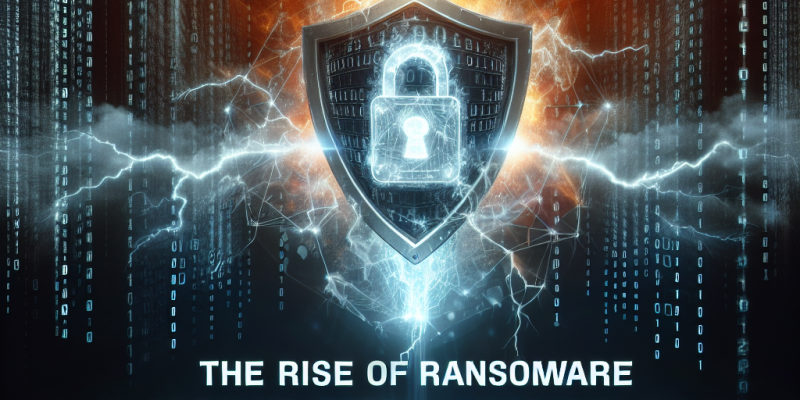The Rise of Ransomware: Protecting Your Business in a Digital Age

In the information age, businesses increasingly rely on digital infrastructure for their daily operations. However, with this reliance comes an elevated risk from cyber threats, most notably ransomware. Ransomware has emerged as one of the most pernicious forms of cybercrime, targeting organizations of all sizes and across all sectors. As ransomware attacks continue to rise, it is crucial for businesses to understand the risks and take proactive measures to safeguard their assets and data.
What is Ransomware?
Ransomware is a type of malicious software that encrypts a victim’s files or systems, rendering them inaccessible until a ransom is paid to the attacker. Cybercriminals utilize various tactics to infiltrate networks, including phishing emails, malicious downloads, and exploit kits. Once inside, they encrypt vital data and demand a ransom, typically payable in cryptocurrencies like Bitcoin, to decrypt the information.
Ransomware attacks can have devastating impacts, including financial losses, operational disruptions, and reputational damage. According to cybersecurity reports, the cost of ransomware attacks has soared, with average ransoms demanding hundreds of thousands, even millions, of dollars.
The Alarming Trends in Ransomware
The rise of ransomware can be attributed to several factors:
-
Increased Sophistication: Cybercriminals employ advanced tactics, including double extortion schemes where attackers not only encrypt files but also threaten to leak sensitive data if the ransom isn’t paid.
-
Targeting Vulnerable Sectors: Healthcare, education, and critical infrastructure sectors have become prime targets due to their essential services and often outdated security systems.
-
Proliferation of Ransomware-as-a-Service (RaaS): This model allows even non-technical individuals to launch ransomware attacks, making it easier for criminals to enter the cybercrime arena.
- Growing Cryptocurrency Adoption: The anonymous nature of cryptocurrencies allows ransomware perpetrators to exploit digital currencies for payments, complicating efforts to trace and apprehend them.
Protecting Your Business Against Ransomware
As ransomware attacks grow more sophisticated, businesses must adopt a multifaceted approach to protection. Here are several strategies to enhance your defenses:
1. Implement Robust Cybersecurity Measures
- Regularly Update Software: Ensure all operating systems and applications are up-to-date with the latest security patches to protect against vulnerabilities.
- Firewalls and Anti-Malware: Deploy firewalls and reputable anti-malware solutions to monitor and manage incoming and outgoing traffic.
2. Employee Training and Awareness
- Phishing Awareness: Conduct regular training sessions to help employees recognize phishing attempts and other common cyber threats.
- Best Practices for Cyber Hygiene: Educate staff on the importance of strong passwords, multi-factor authentication (MFA), and secure internet practices.
3. Maintain Regular Backups
- Automated Backups: Implement automated, regular backups of critical data to offline or cloud storage that is not accessible from the primary network.
- Test Recovery Plans: Regularly conduct tests to ensure that data can be restored quickly and effectively in the event of a ransomware attack.
4. Develop an Incident Response Plan
- Incident Response Team: Assemble a dedicated team responsible for managing cyber incidents, ensuring they have a clear communication strategy in place.
- Response Procedures: Document and rehearse procedures for identifying, containing, and recovering from ransomware incidents.
5. Engage with Cyber Insurance
- Risk Mitigation: Consider cyber insurance to mitigate financial losses due to ransomware attacks, covering ransom payments, operational downtime, and remediation costs.
- Assessment of Coverage Options: Work with insurance providers to tailor coverage based on your specific risk exposure and operational needs.
Conclusion
As the threat landscape continues to evolve, the rise of ransomware poses a significant challenge for businesses across the globe. However, by understanding the nature of these attacks and adopting comprehensive cybersecurity strategies, organizations can better protect themselves from potential breaches that can sabotage their operations and financial stability. Investing in cybersecurity is not just a prudent measure; it is a necessity in today’s digital age. The cost of prevention is always less than the cost of recovery.














